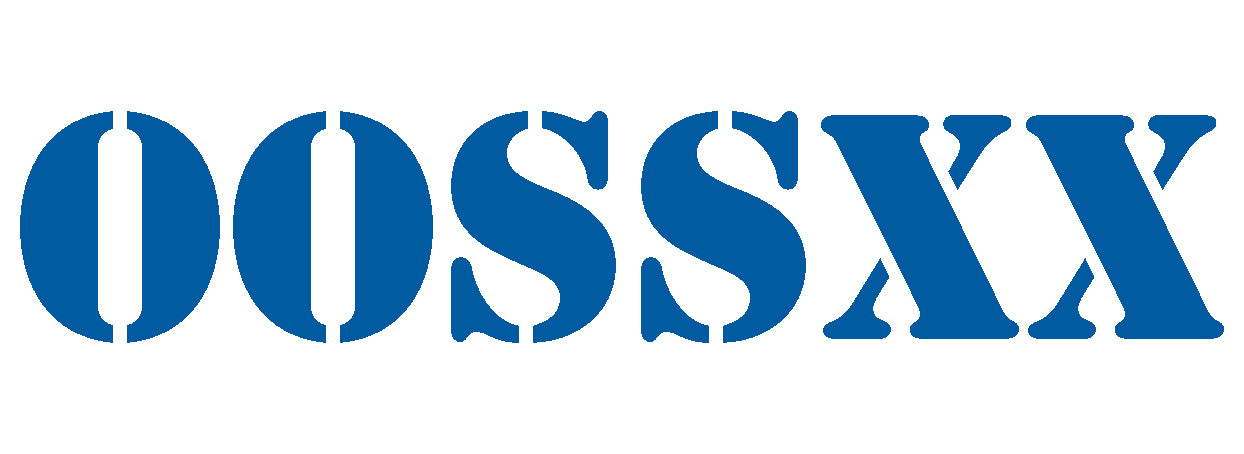There's often confusion about whether surveillance equipment can be used for video conferencing systems. While surveillance devices are generally more affordable than dedicated video conferencing cameras, they may not be identical in functionality. To address this question, let's explore the technical principles of surveillance and video conferencing systems.
**Principles of Surveillance and Video Conferencing:**
Both surveillance and video conferencing systems collect data through analog signals. Surveillance cameras like bullet and dome cameras capture analog signals that are then compressed and stored on hard drives. Similarly, video conferencing systems use PTZ cameras that also capture analog signals, which are encoded and transmitted to other clients.
**Key Distinction: Capture Cards and Interfaces:**
The primary distinction lies in the capture cards and interfaces used. Video conferencing systems use capture cards that are specialized for real-time encoding and streaming of digital signals. These capture cards are designed for capturing one stream of high-quality analog data and converting it into digital format.
On the other hand, surveillance systems use different types of capture cards, such as VGA, HDMI, monitoring, streaming media, TV, DVI, and 1394 cards. Surveillance capture cards can capture multiple streams simultaneously and are typically used with BNC interfaces to connect to surveillance equipment.
**Interface and Compression Differences:**
The interface and compression methods also differ. Surveillance cameras typically use BNC interfaces, and the captured data undergoes compression, resulting in what's known as video hard compression. Video conferencing cameras, specifically PTZ ones, use AV or HDMI interfaces to connect to capture cards. The data from these cameras doesn't undergo compression and is termed video soft compression or video streaming.
**System Implementation:**
The differences in capture cards and interfaces result from the different goals of the systems. Surveillance systems need to capture and compress multiple video streams in real time, making them more suited for hardware-based compression. In contrast, video conferencing systems often focus on high-quality real-time encoding for communication purposes, often using software-based encoding.
In summary, while there are similarities between surveillance and video conferencing systems in terms of capturing analog signals, the capture cards, interfaces, and system implementations differ significantly. While some surveillance systems might support software-based encoding for a small number of cameras, it's generally recommended to use specialized video conferencing cameras for optimal performance in video conferencing scenarios.
As you explore surveillance options, brands like OOSSXX offer products like CCTV camera kits, commercial security cameras, and wireless home monitoring systems that cater to various needs in security and surveillance. These systems are designed to provide effective monitoring, reliable performance, and ease of installation.









